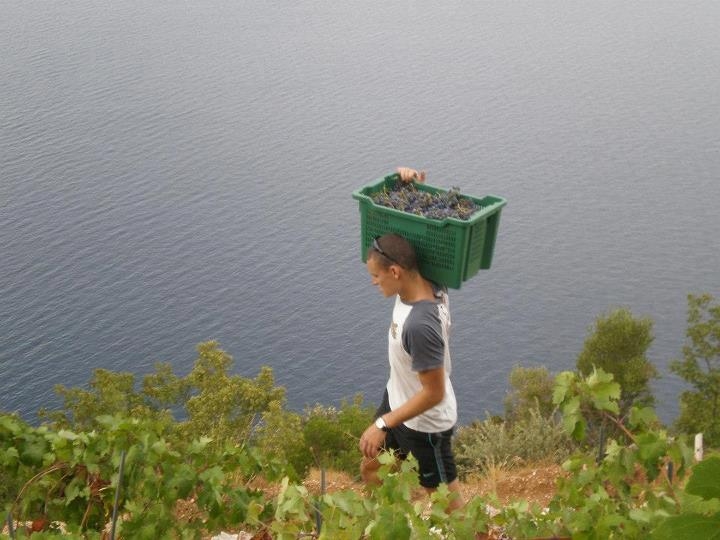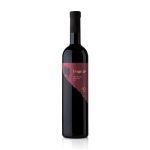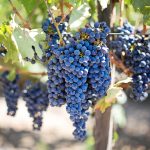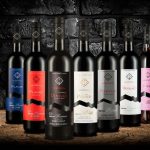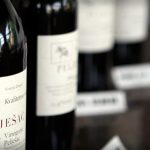Wines with the Dingač protected geographic origin are crystal clear, dark, with ruby red colour. They can have a slight purple shine or a weakly accented light nuance of brown in the shine. They can have a stronger scent of young playful wines, typical varietal scent of wine aged in wood with mildly pronounced spice components or the recognisable scent of the Plavac Mali wines aged in wood, with dry plums and dry figs, and retro nasally freshly baked bread. Wines have a rounded, mildly bitter taste and pronounced freshness, and aging makes them full, harmonised and soft. If they are aged 24 months, they have a full, soft and bitter taste.
This is the beginning of the description of organoleptic characteristics of Dingač wines in the geographic origin specifications, a document from the webpages of the Agriculture Ministry which finally determines the scents and taste of the wine from the famous position on the Pelješac peninsula.
Additional expressions cited are also two categories of ripeness.
“Klasiko Dingač uses classic technology and aging of at least 12 months, with at least 9 months in a wooden barrel and at least 3 months in bottles, and Riserva has to be from the best harvest aged for at least 24 months, with at least 18 months in a wooden barrel and six months in the bottle,” says the specification.
To put it mildly, the suggested names for these additional expression are stupid. If the young wines from Dingač are to be called “klasiko,” then the aged ones should also be called “rezerva” in Croatia. The entire world will understand this, as well as “riserva.” An alternative is for both expressions to be Italian – “classico” and “riserva.”
And if we want for great aged wines from the truly great Plavac Mali variety from the undoubtedly great position Dingač to become recognisable in the world by the label “rezerva” or “riserva,”, the provision of aging “at least 24 months” is also problematic.
It is correct that most Italian wine regions use the “riserva” label for wines aged two years, but Dingač should be compared to the best, not the majority. In Tuscany, Vino Nobile di Montepulcinao becomes a “riserva” after three years, and Brunello di Montalcino can only be sold under the Brunello name after five years, becoming a “riserva” after six years. The famous dense dry wine from dried grapes Amarone della Valpolicella becomes a “riserva” after four years. In Piedmont it takes 38 months for the wine from Nebbiola to be a Barolo, and five years to be a “riserva.”
This is the provision to copy. Three years for Dingač and two more for “rezerva.” It is also sad that Dingač has to achieve at least 82 points at the organoleptic tasting. This is achieved today by every technologically correct wine. Anything under 90 points only enables the expansion of Dingač labels, not making them better.
For the end, the lovelier part of the story. Alenko Radović from Pelješac, whose life and work brought him to France, published wonderful photographs from this year’s harvest on Dingač. Similar to what it looked like 100 years ago.
“It is harvest time and as is fitting, we needed to give a hand with the picking, carrying on the backs to the boat and then with the boat to the beach,” he wrote underneath them. Further on the grapes used to be carried by donkeys, and today they are taken with vehicles. And not across hills anymore, but through a tunnel.
For the original and more from Vino.hr blog on wine, click here.

